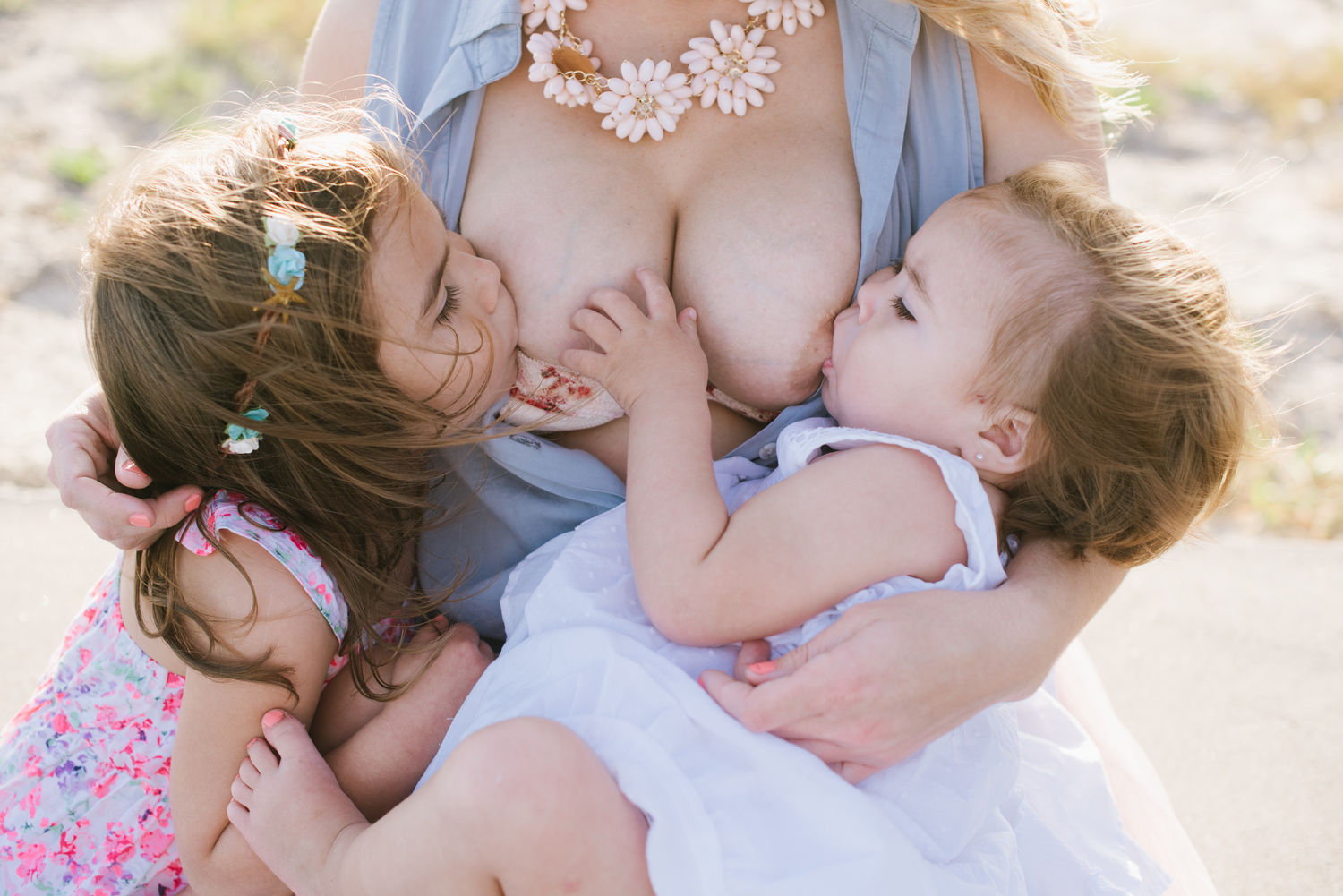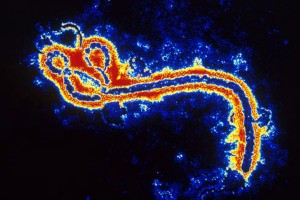Making Baby Fat A Thing Of The Past
The baby has arrived safe and healthy, mom is doing great also. Routines are beginning to fall into place and that leaves only one more major task for mom to undergo – making baby fat a thing of the past. This guide is the ultimate top ten ways for mom’s to kick the fat to the curb while ensuring that both she and baby stay amazingly safe.
Diet Plan for Breastfeeding

Begin Slowly
A large part of staying safe while dieting and breastfeeding simultaneously is doing so slowly. Mom’s body is still going through numerous daily changes. Pair that with the nutrients that baby is taking from her in the form of breast milk, if not careful moms could easily find themselves drained or draining in unhealthy ways.
Starting Out
Doctor’s agree that in the early stages of breastfeeding especially, mom’s must watch that they do not try to lose too much weight too quickly. A safe goal to start out would be around one pound a week, no more than 1.5 pounds. Studies show that mom’s who breastfeed will tend to do just that the first 4 to 6 months following birth, from that time on it is harder to even maintain a pound a week.
Increase Activity
When dieting in the safest manner one must increase their activity. No, a gym membership is not required, besides in all honesty what new mom has time for that anyway. An hour a day is a great goal for exercise or increased activities. According to the Mayo Clinic the ideal amount of physical activity is, at a minimum, 150 minutes a week, however, even an increase of as little as ten minutes each day can be deemed a success.
Breakfast Meal Is Important
Studies done by the National Weight Control Registry, show that at least 78% of the successful dieting stories, those of people who lost an average of 66 pounds and kept it off for more than five years, all began their day by eating breakfast.
Required Calorie Intake
Across the globe, shockingly, the consensus was the same in that those that are breastfeeding need a required calorie intake of 1500-1800 calories per day. At least 1000 mg of those should be consumed in the form of calcium. As far as the calcium intake is concerned that might need to be a bit higher even as that is the required intake for females ages 18-50 whether they are currently lactating or never having had in their life.
Good and Bad Foods
Bad foods that can be cut out of one’s menu and help in a huge manner are those foods that are high in sugars and bad types of fat. Good foods to make certain are within the Meal plan would include more fruits and vegetables such as those that follow.
- Apples
- Kiwi
- Grapes
- Cherries
- Cucumber
- Mushrooms
- Lettuce
- Tomatoes
- Kidney beans
- Red peppers
Increase Fats
It is recommended by the National Institutes of Health and the British Journal of Nutrition to increase good fats by 200 mg daily. The good healthy fats, the Omega-3’s, are items such as those found on the list that follows and should be increased in the meal plan to lose weight while breastfeeding, however, the need to limit the trans fats also known as saturated fats that are considered to be very unhealthy remains.
- Salmon
- Olive oil
- Canola oil
- Avocados
- Corn oil
- Nuts
- Soybean oil
- Olives
- Seeds
Auto Subtract Three
All mom’s that are breastfeeding need to automatically subtract three pounds from their weight off the top. This is simply due to the extra breast tissue that they are carrying just because of the breastfeeding. Now that three have been subtracted, mom’s have an added bonus many might not have known they had as this weight is not to go anywhere as long as they are feeding their babies in such a healthy style.
It’s a Wrap
The safest means in which a new mom who is breastfeeding to lose weight or be on a dieting regime is coming from adding into their menus more of the good food items and removing many of the bad. Increasing their activity or exercising at least 10 minutes a day in combination with more activity with keeping a closer eye on eating habits will lead to healthy weight loss that has increased odds of staying off.
More information and checklists that can assist in the planning of great dieting can be found while visiting the USDA’s MyPlate pages. For more nutritional information geared specifically towards those that are breastfeeding the USDA has a MyPlate section separated from the others as the needs are not the same.




